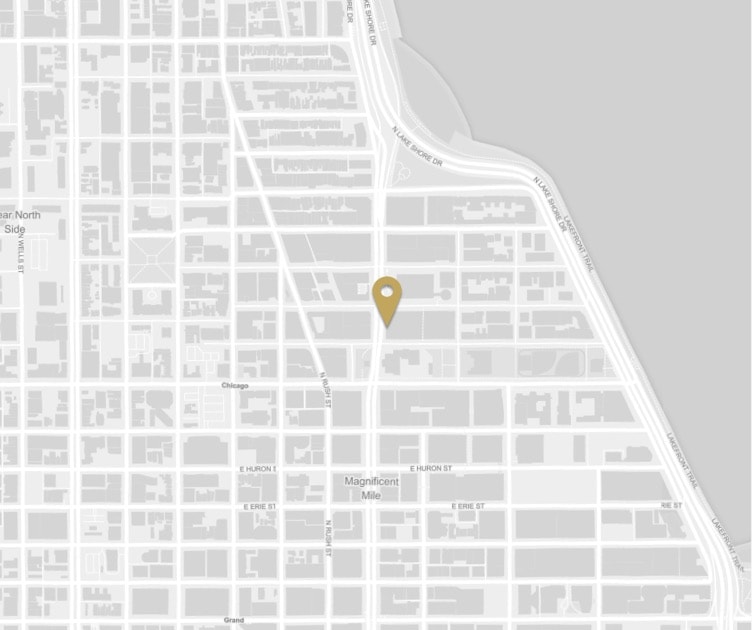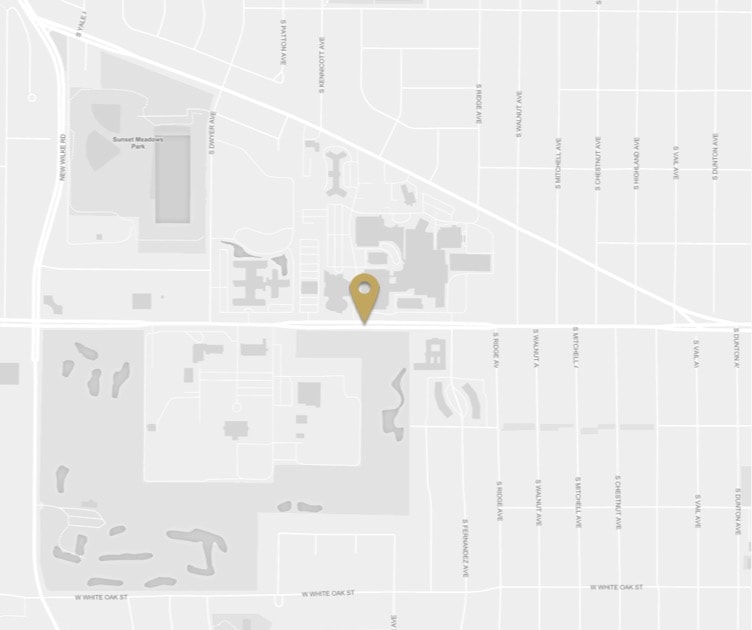Latest Trends in Rhinoplasty
In the last few years, the art and science of facial plastic surgery have evolved. Improvements in technique and science have changed how surgeons perform many surgeries, including facelifts, eyelid surgery, and especially rhinoplasty.
New surgical methods, combined with advanced technology, provide more options for patients who want changes in the appearance of the nose.
For those who seek a different look for their nose, the days of the cookie-cutter ‘nose job’ are no more. Today, plastic surgeons use a customized approach to rhinoplasty that considers each patient’s anatomy, goals, and aesthetics.
Many plastic surgeons report that the most significant difference today with rhinoplasty is a shift to a structural approach to the surgery instead of a reductive one.
Years ago, plastic surgeons usually removed tissue to alter the proportions or change the size of the nose; this could lead to too much tissue being taken away, leading to complications.
Also, many patients ended up with the standard saddle, sloped nose with a pinched tip that suggests someone has had surgery.
Today, surgeons tend to use what is there, including the internal cartilage framework and nasal bones, but sculpt and alter it in ways so there is a beautiful result that will last a lifetime.
Below is more information about trends in rhinoplasty.
Advent Of 3D Morphing Software
Many patients in the past would visit their board-certified plastic surgeon with a request to have a ‘new’ nose that resembled a favorite celebrity. Those types of requests seem to be declining.
One reason is that 3D morphing software is available to help the patient see how a particular rhinoplasty would look on their face.
Surgeons often find that even when the patient thinks they want one type of procedure, they discover that they would rather have other changes done after seeing the software in action.
In these patients, 3D modeling allows the surgeon and patient to have a productive discussion about the possible outcomes of the procedure. This allows the patient to understand what the surgery can and can’t accomplish, and there is less chance of a misunderstanding.
3D modeling takes the patient’s facial measurements, so the surgeon has an accurate facial analysis, so both he and the patient have an accurate prediction of what the surgical outcome will be.
Changes To The Nose Tip
One common request in rhinoplasty is to make the nose tip smaller. In the past, reducing the size of the tip usually involved taking out some of the cartilage. Today, it’s possible to make the tip smaller without removing much or any of the cartilage. How?
Board-certified plastic surgeons can resculpt, reposition, and reshape the nose cartilage without removing tissue.
For instance, for a patient with a bulbous tip, if the nose cartilage doesn’t meet at the middle of the nose, a skilled surgeon can take out small amounts of cartilage and alter the angle of the tip, so the domes are more pleasing.
Fixing Breathing Problems
As technology has gotten more advanced, more rhinoplasties are performed to improve patients’ breathing. Breathing issues with the nose have many causes, but a deviated septum is the most common issue.
Some patients may have damaged valves that complicate nasal breathing, and the surgeon will use spreader grafts to improve the internal nose valves.
Breathing also can be affected by rhinoplasty that makes the nose smaller, and spreader grafts can now be used to keep the airways open.
Non-Surgical Rhinoplasty
One of the trends in this procedure is non-surgical rhinoplasty. This procedure is a good option for patients who need minor tweaks or changes to the nose to obtain their desired results.
Non-surgical rhinoplasty is a procedure where dermal fillers are injected into the nose to make a better contour without surgery.
With new advances in this procedure, the most common changes made with non-surgical rhinoplasty are:
- Tip changes: Nasal tip refinement is often asked for in non-surgical rhinoplasty. Your plastic surgeon can inject hyluronic acid into the tip, enhancing projection or upturning the tip.
- Asymmetry: If the nose has indents or is asymmetrical, these can be improved with dermal fillers.
Non-surgical rhinoplasty is a temporary procedure, but it can be helpful for patients who seek minor corrections to their noses. It also is a way to ‘try out’ rhinoplasty to see how you like subtle changes to the nose.
If the result is desirable, you may decide to have traditional rhinoplasty to make more significant changes.
Ideal candidates for non-surgical rhinoplasty are:
- Those who will benefit from cartilage grafts onto the dorsum in standard rhinoplasty. In these situations, dermal filler can be used with no downtime or recovery.
- Those who develop an indentation in the nose after traditional rhinoplasty. Dermal fillers can be used to fill in the indentation temporarily.
- Asians who want a higher nose bridge, depending on the position of the tip.
- Those who understand that non-surgical rhinoplasty is not a replacement for the traditional procedure.
Book Your Rhinoplasty Procedure Today
Interested in rhinoplasty in Chicago? Dr. Placik will review your options in your free consultation, as well as go over your surgical goals. He’ll decide if you’re a good candidate for rhinoplasty.
References
- Emerging Trends In The Aesthetics Of Rhinoplasty. (2020). Accessed at https://www.thepmfajournal.com/features/post/emerging-trends-in-the-aesthetics-of-rhinoplasty-from-local-to-global
- Reinventing Rhinoplasty: What’s Different About Modern Nose Jobs. (2019). Accessed at https://aedit.com/aedition/reinventing-rhinoplasty-whats-different-about-modern-nose-jobs
- Rhinoplasty Guide. (n.d.). Accessed at https://www.americanboardcosmeticsurgery.org/procedure-learning-center/face/rhinoplasty-guide/



